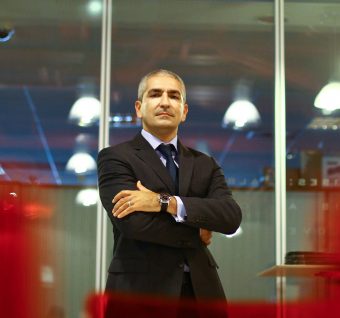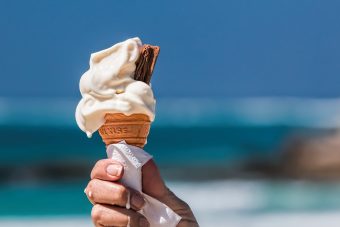
Thanks to the Fronery Adriatic company and its continuous investments, once a little local plant in Stara Pazova was turned into an advanced ice-cream factory for the 21 century. Today, this is where more than 200 of the most prominent world brands’ products are made. Besides the Froneri products, which are well recognized in the Serbian market under the Nestlé brand, there are also ice-cream brands such as Milka, Oreo, Nesquik, Cadbury, and Daim. The investments amount to 50 million euros. Production capacities are increased by 400 percent, allowing the Froneri Adriatic factory in Stara Pazova to become prominent as the leading ice-cream manufacturer in South Eastern Europe.
This plant currently exports its products to more than 25 countries, from Israel and Great Britain to the United States of America, South Africa, and almost all countries in Europe, so everyone with a sweet tooth worldwide will enjoy ice-creams made in Serbia. Additionally, there are plans for regular investment in environmental protection technology and recycling. That will help furthermore the development of Stara Pazova and the Serbian economy, which lead us to our conversation with Cristian Doxan , the general manager of the Froneri Adriatic Company, whom we asked about the company strategy for sustainable growth and environmental protection.
EP: Since sustainability and environmental protection are among the company’s priorities, tell us something about the techniques applied for the water usage reductions?
Cristian Doxan: During the last year, which was packed with challenges concerning the scale of the global pandemic, our company has cut water consumption by 6 percent. This year, we intend to reduce water consumption furthermore by another 5 percent. One of our techniques is optimizing water consumption during the production process, calculated by the unit of produced ice-cream quantity. That way, we get to, along with increased ice-cream production, save even more water year by year.
In focus:
EP: What are the results concerning communal waste reduction?

Cristian Doxan: Communal waste has been reduced by a fifth, namely 20 percent, last year, while the quantity of entirely recycled waste amounted to 1,450 tonnes in 2020. It has become our practice to recycle even a surplus ice cream remaining from the production process and turn it into a renewable energy source. It is the safest way of organic waste disposal, with no environmental impact whatsoever, and we do this in cooperation with authorized distributors and companies. Our target is to completely recycle all waste coming from the production in the next four years through the Zero to landfill project, which is underway.
EP: What is the Zero to landfill project?
Cristian Doxan: As the name suggests, Zero to landfill is a concept of waste quantity reduction that ends up in landfills. The main goal is that companies aim to significantly reduce the disposal of waste at landfills and recycle waste from the production process. Although it is challenging to reach actual zero targets, since we can’t recycle all waste, the objective is to attain 99 percent.
EP: What about the plastics in the packaging? Will you be able to replace the plastic for family packs, too, as well as the packaging of the ice cream bar that contains tin foil?
Cristian Doxan: When it comes to plastic waste, we are running projects to reduce disposable plastic usage in our ice-cream packaging. For example, plastic spoons have been replaced with wooden ones and this way we have cut the use of plastic for up to 18 million pieces. We intend to reduce plastic usage by 36 tonnes by the end of this year. Furthermore, since we have ongoing projects for the replacement of plastic parts in packaging with paper (cups, lids, and family packs), we aim to cut down the use of plastic by 200 tonnes by the end of 2022, namely for more than 50 million pieces of disposable plastic. Family packs are otherwise made of plastic that we can fully recycle.
Interviewed by: Milena Maglovski
Read the story in the new issue of the Energy portal Magazine WATER RESOURCES.



